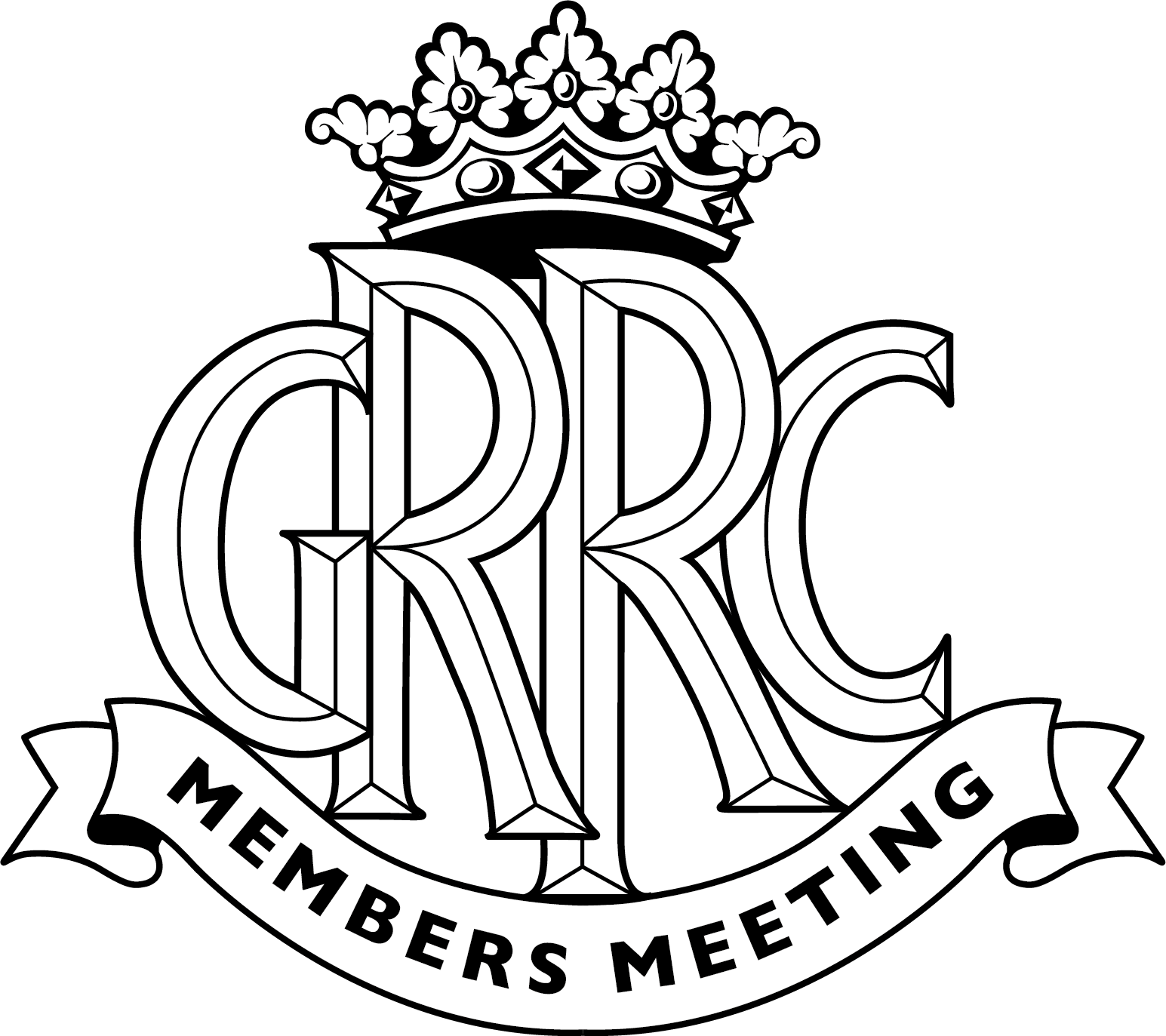Axon's Automotive Anorak: Plastic fantastic – 70 years of fiberglass cars!
Seventy years ago, a historic motoring event took place in the USA; an event that largely went unnoticed at the time, yet proved to be of great significance to the specialist car industry, especially here in the UK.

It was 70 years ago, in 1949, that the world’s first automotive body made out of a revolutionary new ‘wonder material’, glass reinforced plastic (also known as GRP, fibreglass or glass fibre) was conceived and made.
The GRP car in question was the Glasspar G2, a fibreglass sportscar body created in 1949 by Californian-based Bill Tritt. Based on the chassis of a battered wartime Willys Jeep and fitted with a V8 engine, Tritt conceived the Glasspar G2 for his ex-air force friend Major Ken Brooks, designing and moulding a sporty low-slung GRP body for the Jeep-based hot rod, later christened the Brooks Boxer.
Tritt had a long-held interest in both motor cars and boats, studying marine architecture and boat building pre-war. Having gained first-hand marine experience during the War, Tritt built his first fibreglass vessel for a friend in 1947. This boat – the Green Dolphin – was laminated in GRP by Wizard Boats, with four examples made before Tritt began to build his own glass fibre boat hulls, as well as pioneering GRP masts and spars for sailing vessels. He founded Glasspar in the process in Santa Ana, and by the mid-1950s Glasspar accounted for around 20 per cent of all fibreglass boats sold in the USA.
Meantime, the Brooks Boxer/G2 began to gain interest in the States, following its attendance at the 1951 Los Angeles Motorama, along with the innovative one-off GRP-bodied Wasp, Lancer and Skorpion. The Tritt sportscar was the only one to make limited-volume production, with the Glasspar G2 also being offered in self-assembly kit form, which proved to be more popular.

With polyester resin in short supply due to the Korean War, a Connecticut supplier of Vibrin resin spotted the G2 and asked Tritt to build them a car to promote their GRP product to the automotive industry, offering him unlimited resin supply in the process. This special promotional car, called the Alembic I,
gained huge publicity, with articles appearing in The Wall Street Journal, The New York Times, Life, plus many contemporary American motoring journals.
This positive publicity helped push Tritt’s talents, along with GRP’s versatility, to a wider audience. American car makers Kaiser and Willys started calling upon his GRP skills, as did Volvo in Sweden, Singer in Coventry, and even Walt Disney!
Bill Tritt then went on to create the popular Woodill Wildfire GRP self-assembly car. His success did not go unnoticed by the likes of Ford, which had been experimenting with hemp and soya-based products as possible vehicle building materials since the early-1940s, as well as General Motors in the creation of its 1953 Chevrolet Corvette, the world’s first ‘mass produced’ fibreglass-bodied car.

The car production benefits GRP offered, be it for low-volume specialist self-build cars or mass-built components, quickly spread around the world. In France, for example, Citroën innovated GRP for the large roof panel of its revolutionary DS in 1955, with the plastic material also proving a winner closer to home. Numerous British specialist sportscar body makers sprung up in the 1950s, such as TVR, Ginetta, Elva and Marcos, with both Rochdale and Colin Chapman’s Lotus pioneering the first GRP monocoque bodies by the end of the decade.
Over the subsequent years, plastic bodyshells not only formed the backbone of a thriving kit car and specialist sportscar industry, but also moved into the motoring mainstream, with a wide spread of car makers selling GRP-bodied models. These ranged from the Reliant Robin and Bond Bug, through to early examples of the Ferrari 308 GTB, as well as the BMW M1, Saab Sonnet, Ford RS200, Daimler SP250 ‘Dart’, Renault Espace, Pontiac Fiero, Vauxhall VX220, Citroen Bijou, Lancia Stratos and the Studebaker Avanti, to name but a few.
Despite the subsequent development of alternative hi-tech production materials such as Kevlar and carbon fibre, GRP still remains the favoured building base of many of today’s specialist low-volume car makers, especially within the successful UK self-build car industry, as I was reminded at the May Bank Holiday annual Kit Car Show at Stoneleigh.

Seventy years on though from that first Glasspar GRP car body, fibre glass has come a long way, although it is now increasingly under threat of being usurped in favour of the latest technologies, such as 3D printing.
Vehicles created through the wonders of 3D printing are already becoming a production reality. 3D printed vehicles already commercially available include the French Gazelle Tech, a basic ‘low cost’ electric crossover created with a 3D printed composite body, aimed at simple, regional small-investment production, and aided by a crafty modular container-based manufacturing system.
The Gazelle Tech will soon be joined by other 3D printed composite vehicles, such as the small city cars made by XEV in Italy and the Polymaker LSEV city car in China, the latter using just 57 plastic parts, in place of the 2,000+ components that make up a ‘conventional’ town car such as the Smart ForTwo, plus the sporting two-seater La Bandita by Hackrod in the USA.
Even established car makers have begun adopting printed 3D composites for certain components, such as Mini’s customisable interior door trim and Bugatti’s 3D printed brake calibers, plus Jaguar Land Rover Classic, which is now able to reproduce some elusive no-longer-made parts for its older models. It’s clearly now time for the automotive industry to exploit the benefits of 3D printing. The timing couldn’t be better with the potential end results very exciting to look forward to.
Axon's Automotive Anorak
DS































































